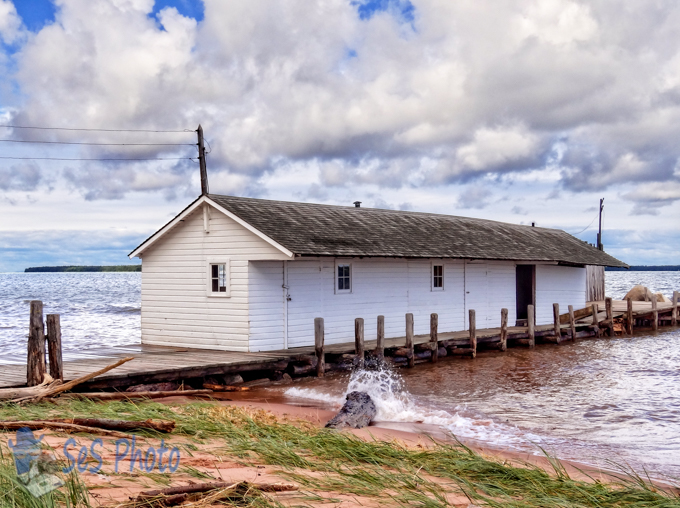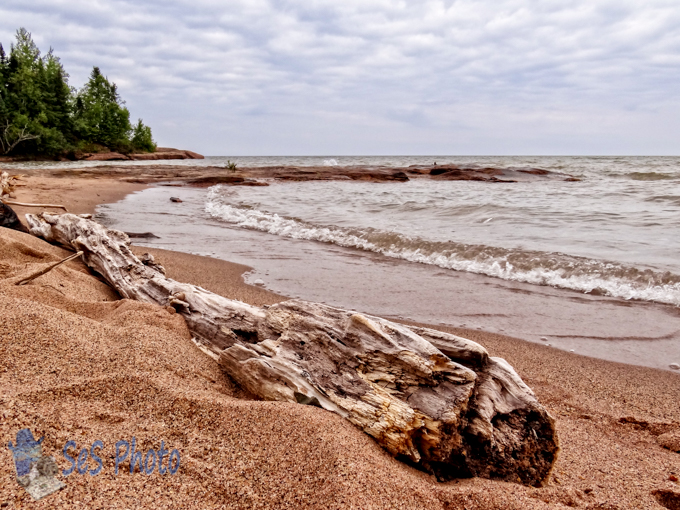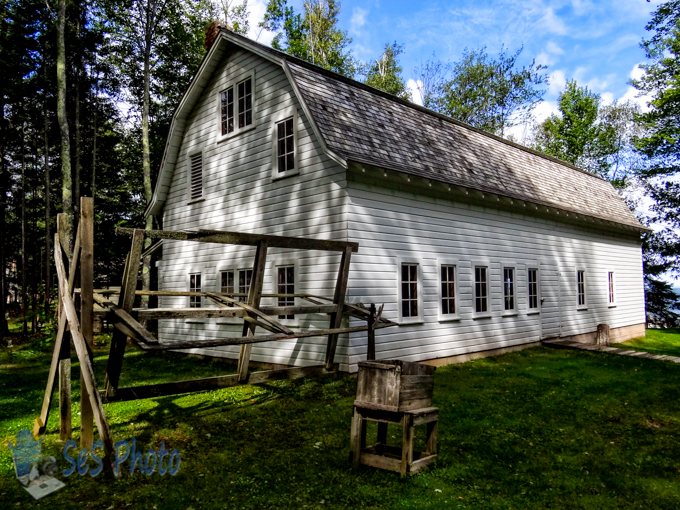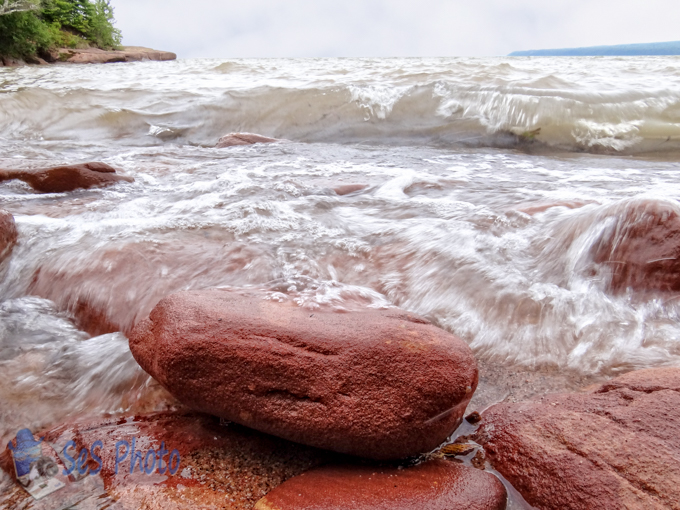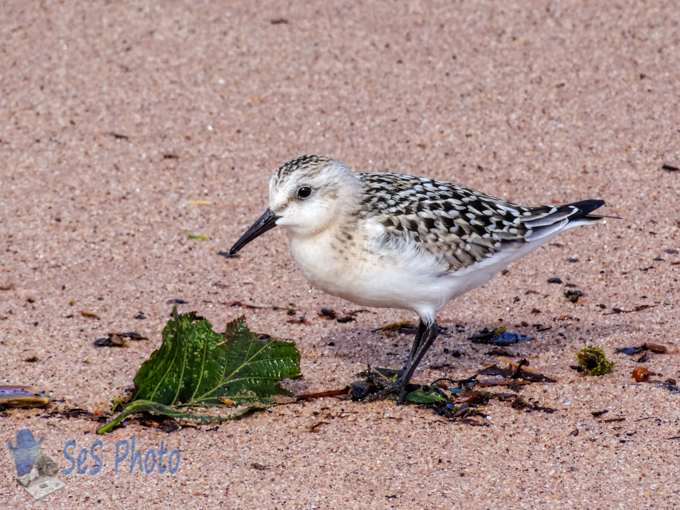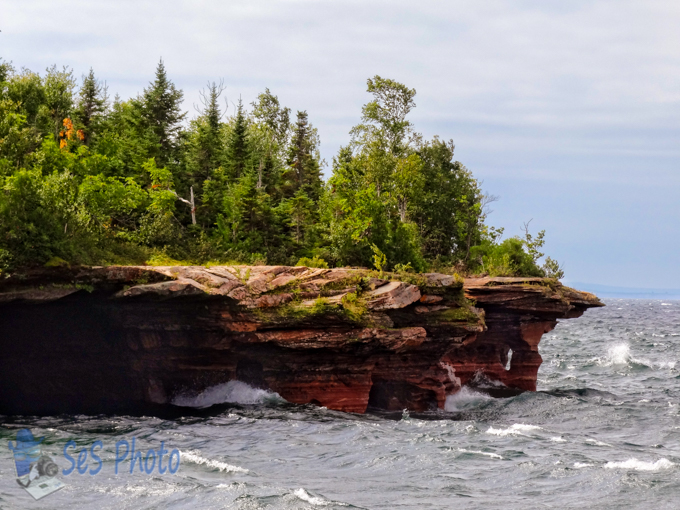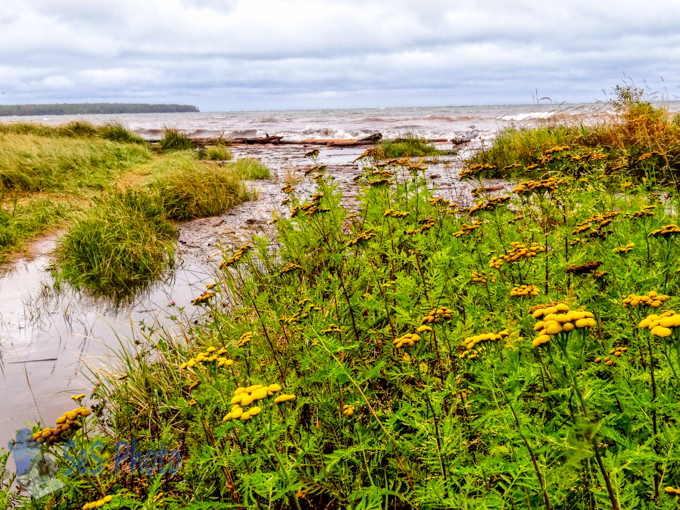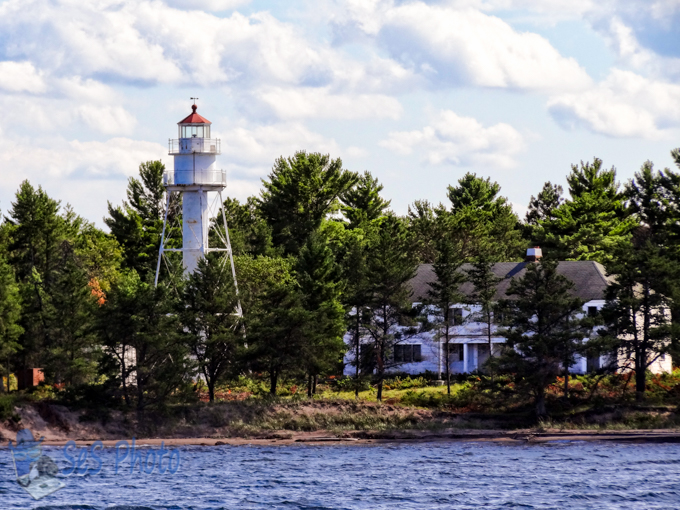“Farming wasn’t going too well for three families…we could hold up a mirror and watch ourselves starve to death.” A statement from Florence Hokenson on why her husband and his two brothers started fishing for a living in the late 1920’s when at first the fishing only supplemented their diet but after several unsuccessful years of dairy farming they purchased pond nets and eventually pursued fishing full-time which they did for more than thirty years on Lake Superior.
The Herring Shed was a busy place during herring season where the wives, children, and hired hands awaited the arrival of the Hokenson brothers boat called the Twilite, loaded with fish in gill nets. The fish were untangled from the net, rinsed in the wooden tank, gutted and beheaded, rinsed again in the other tank, drip-dried on the rack, salted, and stacked in a barrel.
The Herring Shed


